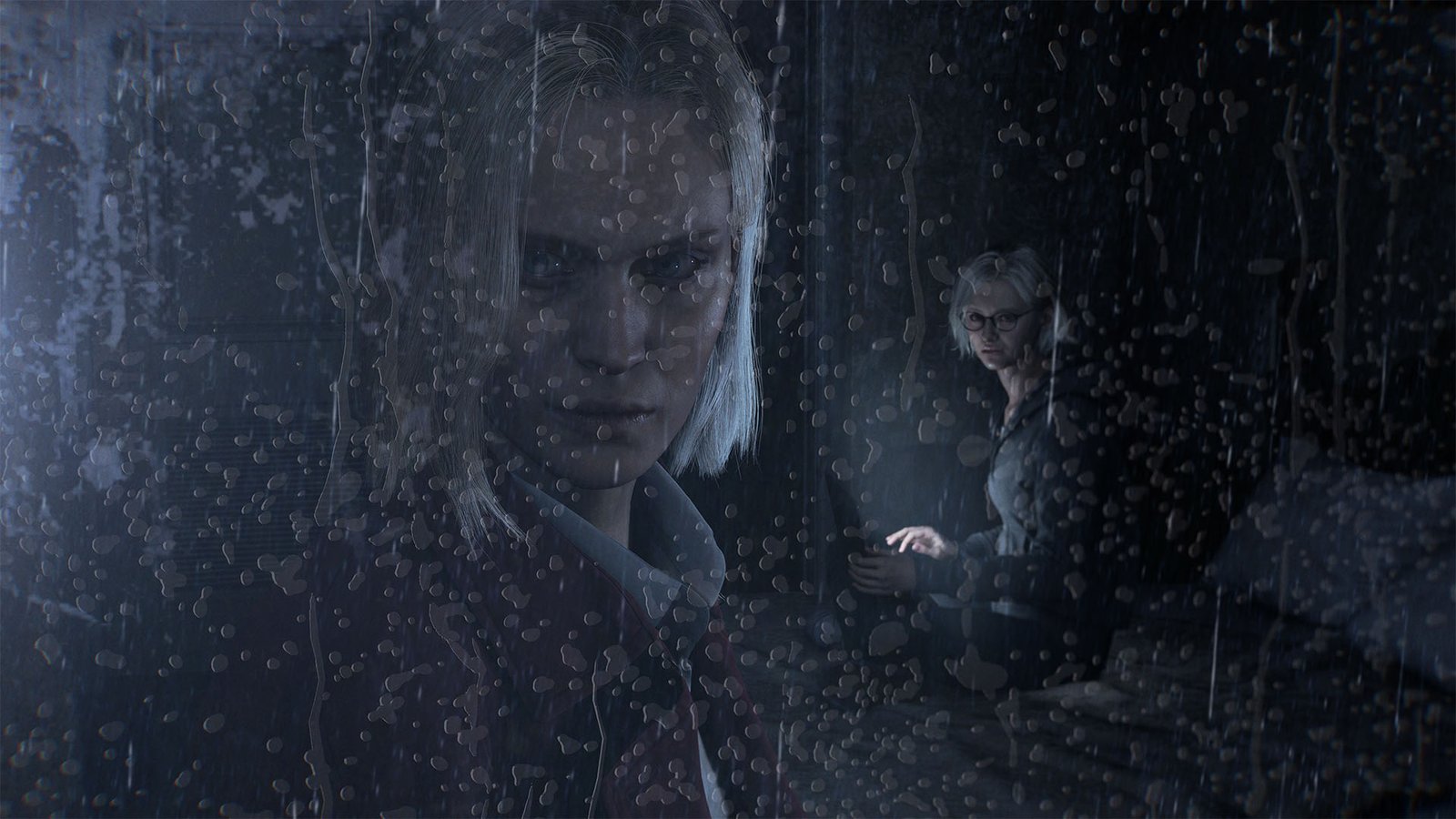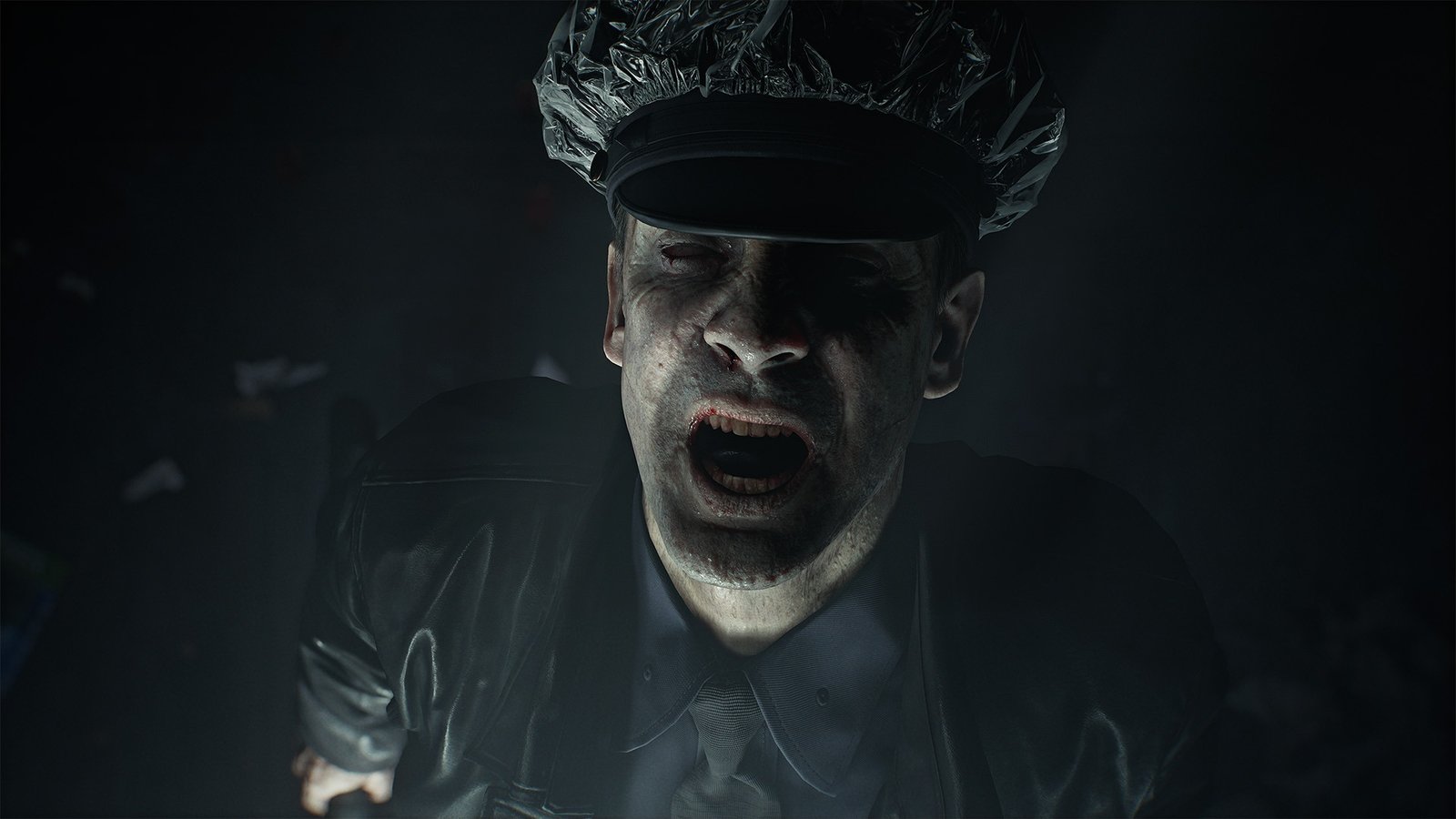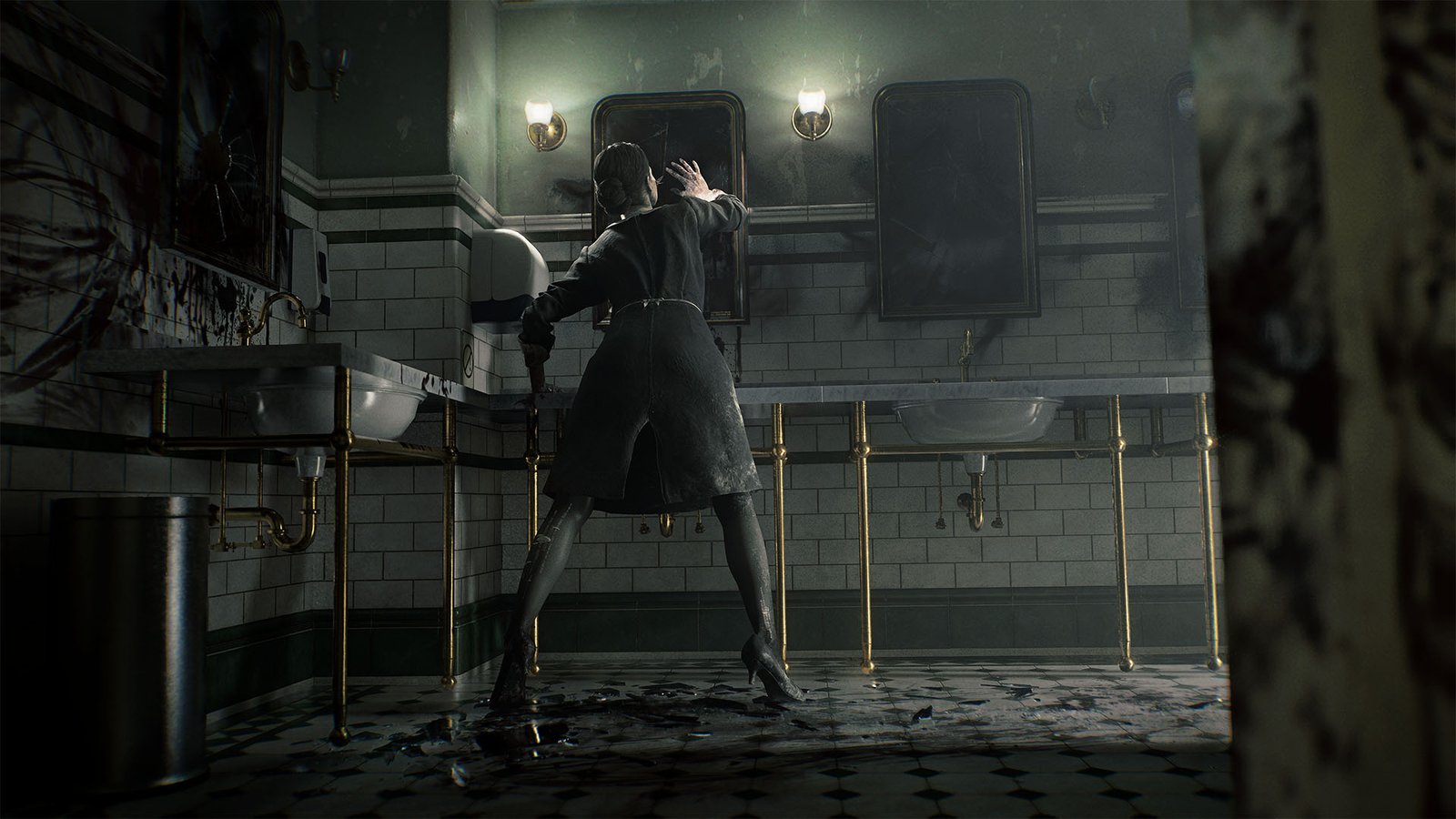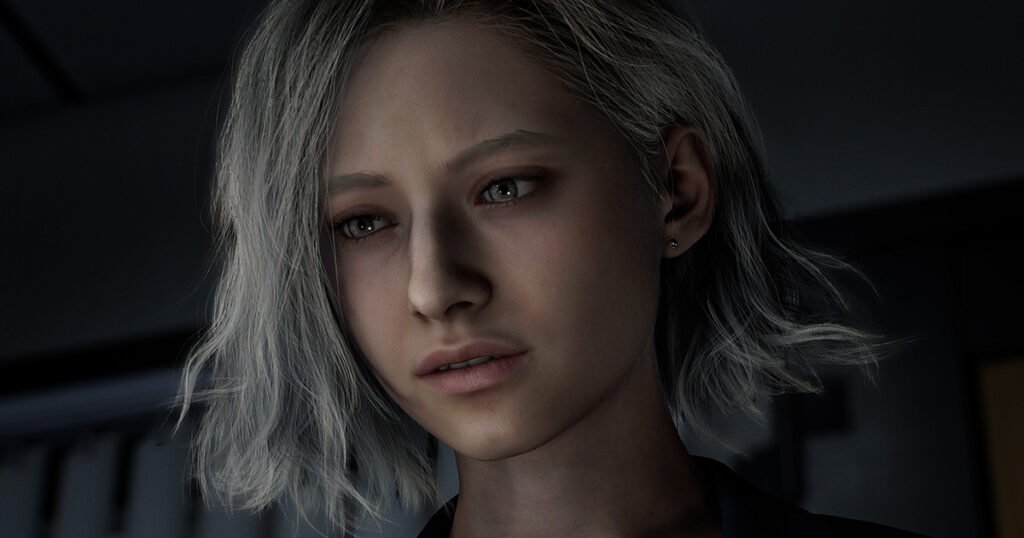Table of Contents
Resident Evil Requiem Proves That Fear Still Works
A Return to Fear
It takes only a few minutes inside Resident Evil Requiem to realise what Capcom is doing here. The sense of dread is immediate, deliberate, and unmistakable. Every door creak feels heavier, every flicker of light slower, and every step forward loaded with hesitation. This isn’t a loud, cinematic reinvention of the franchise. It’s a quiet one.
Having experienced the fear at Gamescom Asia x Thailand Game Show 2025, my time with the game made it clear that Requiem is steering the series back toward its origins, not through nostalgia, but through conviction.
Where recent instalments leaned into scale and action, Resident Evil Requiem slows everything down. It forces you to inhabit the fear rather than escape it, reminding players that survival horror was never about empowerment, but endurance.
Fragility Over Firepower
This renewed focus is embodied in Grace, the game’s new protagonist. She isn’t trained to fight or survive; she’s terrified, uncertain, and painfully human. Her every movement carries weight: a shoulder check before opening a door, a panicked breath when something shifts in the dark. Unlike the hardened heroes of past entries, Grace doesn’t inspire confidence. She inspires empathy.
There’s power in that fragility. Resident Evil Requiem doesn’t rely on spectacle or shock value, for the most part. Its scares are quieter, born from not knowing what’s safe, or what you might lose next. Fighting back is a luxury, and the moments where you do find protection feel less like victory and more like a temporary reprieve. Your every decision to fight, to run, to pause feels like a small act of survival.
The Design of Dread
If Requiem excels at one thing, it’s pacing. Corridors stretch too long. Shadows flicker where they shouldn’t. The game knows exactly how long to make you wait before something happens, and when it does, it’s rarely what you expect. The sense of control you think you have is constantly slipping away, and that’s the point.

Switching between first- and third-person perspectives adds another layer of tension. The first-person view traps you inside Grace’s fear, where every sound and movement feels dangerously close. The third-person perspective, meanwhile, provides just enough distance to observe her panic, which somehow makes it worse. Watching her stumble or hesitate gives form to your own anxiety.
There’s an unspoken rhythm in how Resident Evil Requiem alternates between silence and chaos. A stretch of calm lures you into believing you’re safe, then the next hallway takes it all away. It’s a balance that only Capcom, with decades of precision horror under its belt, could pull off so effortlessly.
A More Human Horror
What sets Requiem apart isn’t just its setting or scares, but its humanity. This is a story built on vulnerability and loss, anchored by a protagonist who feels real. Grace’s connection to the Raccoon City incident gives her story purpose, but it’s her fear that makes it meaningful.

During our interview with producer Masato Kumazawa and director Koshi Nakanishi, the pair spoke about the importance of grounding fear in emotion, of making horror not just frightening, but human. That same philosophy runs through every moment of Requiem. Each encounter feels like an exercise in control, not just of your actions, but of your own composure.
As Kumazawa told us, Resident Evil has always been about emotional balance and learning to manage panic and keep moving forward. Nakanishi, meanwhile, believes that “if you’re not afraid of it, it’s not horror.” Those ideas are no longer abstract design notes. They’re visible, tactile, and alive in Resident Evil Requiem’s every frame.
Back to the Roots of Survival Horror
More than two decades after Resident Evil defined the genre, Requiem feels like a rediscovery. It’s not chasing the ghosts of the past, but refining what made them terrifying in the first place. The demo plays like a lesson in restraint — fear as design, tension as art.

Capcom doesn’t seem interested in reinventing the wheel. Instead, it’s stripping the formula back to its most potent elements: isolation, fragility, and the simple question of how far you’re willing to go to survive. Resident Evil Requiem doesn’t shout its horror. It lets you sit with it, just long enough to remember why this series mattered in the first place.
Resident Evil Requiem will launch on February 27, 2026 for PlayStation 5, Xbox Series X|S, and Nintendo Switch 2. The game is being optimised for a wide range of PCs as well, and will also include NVIDIA DLSS 4 and path-traced effects, enhancing realism and accelerating performance at launch. Thanks to NVIDIA RTX technologies, players can look forward to a visually stunning experience with next-generation lighting and performance improvements when the game launches.

